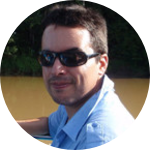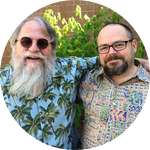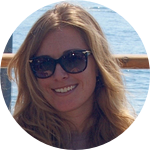About This Project
The Chondrichthyan Tree of Life Project, when completed, will be a comprehensive user-friendly resource, available to anyone with an internet connection. It will document all of the known species of sharks, skates, rays, and chimaeras in the world and will include illustrations, interactive range maps, dissections and a tree of relationships for all species. We are seeking funds to add natural history pages to the website and to cover website maintenance.
Ask the Scientists
Join The DiscussionWhat is the context of this research?
There are more than 1200 species of sharks, skates, rays and chimaeras. However, most people are familiar with only a small fraction of them. Likewise, most scientific research on these fishes has focused on a small number of economically important or charismatic forms. Our Chondrichthyan Tree of Life project will provide comprehensive documentation for all chondrichthyan fishes - not merely the ones that most people have heard of. We are currently working on five components: an up-to-date accounting of all known species, scientific illustrations of each species, updated range maps, a virtual dissection platform for each of the major groups, and a tree showing the relationships among 800 of the 1200 species based on DNA sequence data.
What is the significance of this project?
The chondrichthyan fishes are often described as ancient animals that have roamed the earth, unchanged, since the dawn of time. In fact, extant sharks, skates and rays are nothing of the sort. Rather, they are highly specialized, modern organisms that exhibit adaptations to a variety of environments. Their diversity ranges from filter-feeding giants to tiny bioluminescent sharks and electric rays, warm-blooded sharks that traverse entire oceans to carpetsharks that can ‘walk’ and swim. We're documenting all of the known diversity in sharks and rays using genetic, anatomical and geographic information. The data will be carefully collected, curated and made available over the web to scientists, educators and shark enthusiasts, to promote a better understanding of their biology.
What are the goals of the project?
Our goal is to provide and maintain a comprehensive, up-to-date, web-based resource for learning about chondrichthyan fishes. Users will be able to learn what they look like, where they occur, and even examine their internal skeletal anatomy through a virtual dissection portal. We would like to offer natural history information, such as identification tips, size, age at maturity, habitat and ecology of each species too, but we do not currently have the resources to pursue this component of the project.
We hope to raise funds to build an individual natural history page for each of the ~1200 living species, allowing users to make their own field guides tailored to any region. For a better sense of our vision please visit the "in progress" website.
Budget
We want the website to be an interactive experience. We employ a webmaster with skills in computational geometry, 3D visualisation, programming, database and web design. Funds will cover one year of this service, allowing us to finalise the website and fix any bugs.
We want to add the life history feature to the site. The raised funds will allow us to generate content and then pay the webmaster to design and add this feature.
Once the site is finalised, we will incur ongoing host server and domain fees. Funds will cover this cost for 4 years.
Each time we acquire tissue samples from species that aren't represented in our database, we must extract and sequence their DNA and run a new phylogenetic analysis of all species to accurately place the new sample in context. This sounds straightforward but is actually computationally very demanding. We estimate that the process costs $100 in laboratory and computational resources per new specimen. Funds will cover an additional 20 samples.
Endorsed by
Meet the Team
Affiliates
Affiliates
Shannon Corrigan
I'm fascinated by the natural history and evolution of marine organisms. My broad research interests include evolutionary ecology, biogeography and conservation biology, particularly of cartilaginous fishes. Previously, I’ve studied wobbegong sharks (Orectolobidae) and shortfin makos (Isurus oxyrinchus). I’m currently working on the molecular component of the CTOL project. We’ve developed new molecular tools that allow us to simultaneously target and sequence more than 1000 genes across divergent species of sharks, skates, rays and chimaeras. We use this data to investigate their species interrelationships. I feel very privileged to be involved in the CTOL project because I've had the opportunity to learn new and extremely powerful molecular techniques and am now able to explore interesting questions across the diversity of Chondrichthyan fishes. I'm excited to share this information with scientists and the general public via the project website. As a female scientist, I'm also hopeful that that this work may serve as encouragement for girls and women that are interested in pursuing a career in STEM fields.
Gavin Naylor
I'm an evolutionary biologist with a long standing interest in the evolution of vertebrate animals. Chondrichthyan fishes (sharks, skates, rays and chimaeras) are the modern day remnants of one of the oldest splits in vertebrate history. They branched off from the rest of jawed vertebrates about 425 million years ago and have persisted to the present day. Given their remarkable evolutionary persistence, it is quite surprising that these animals remain so poorly explored. They are much more diverse than is generally recognized. They are not “invariant relicts” of our ancient past, but rather are highly specialized well-adapted, modern organisms that exhibit anatomical and physiological adaptations to several different environments. We are interested in reconstructing the sequence of events that lead to the current diversity of chondrichthyan fishes. We’d like to understand how and when they acquired the novel traits they exhibit, the likely environmental forces that shaped their adaptations, and the biogeographic influences that have lead to their current distributions. All of this hinges on our having an accurate estimate of their phylogenetic relationships. In our research group we work with DNA sequence data and invest a lot of effort in trying to make sure our inferred phylogenies are correct. We sequence DNA from both the nuclear and mitochondrial genomes. We have developed new cross-species gene capture methods that allow us to collect data from several hundred orthologous protein-coding genes across divergent taxa. Over the course of 30 years, with extensive help from a number of international colleagues, we have been able to amass DNA samples from approximately 800 of the 1200 described living species of Chondrichthyan fishes. We hope to provide an accurate, temporally calibrated, highly resolved history of the evolutionary diversification of all sharks, skates, rays and chimaeras.
Lei Yang
I’m interested in the systematics, biogeography, evolution, and conservation of both freshwater and marine fishes. For my Masters research I studied the phylogeography of two bagrid catfishes. I then began working with Dr. Richard Mayden on the tree of life of the cypriniforme subfamily Cyprininae (carps, goldfishes etc.), which is the largest polyploid lineage of all fishes. I joined the Naylor Lab in 2013 as a postdoctoral researcher on the CTOL project where my main work is to investigate the phylogenetic relationships, biogeography, and evolution of skates and rays. I’ve also optimized a gene capture target enrichment method that allows us to efficiently collect whole mitochondrial genome sequences for chondrichthyes. I am currently estimating the time of origin and divergence of all lineages of chondrichthyan fishes using the genetic data we collected and the fossil records. The information will be mapped on the tree of our website to provide a timescale for the evolution of these amazing animals.
Additional Information
Here are some examples of the content that you can view on our website www.sharksrays.org. Find instructions on how to use the website by following this link.

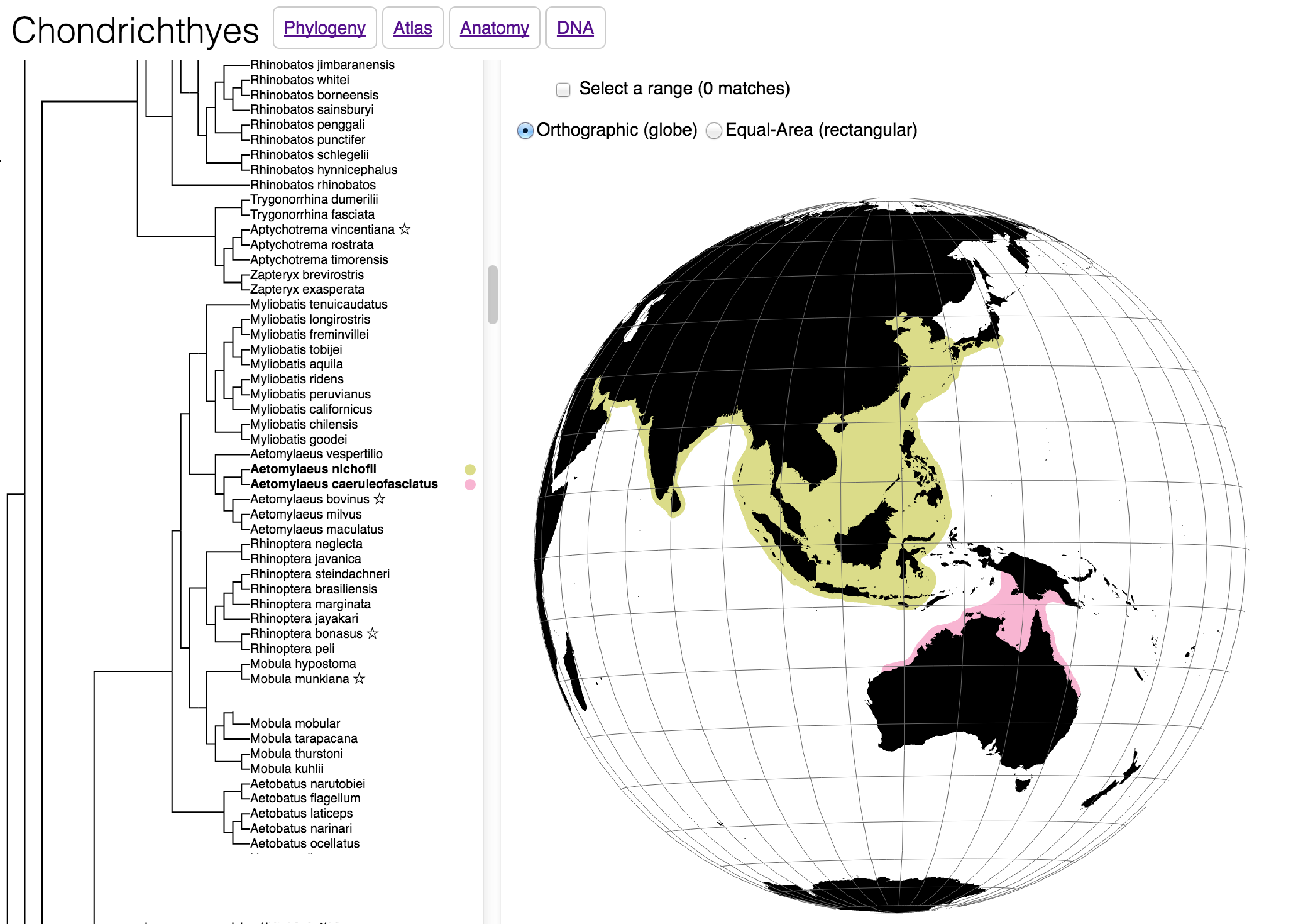
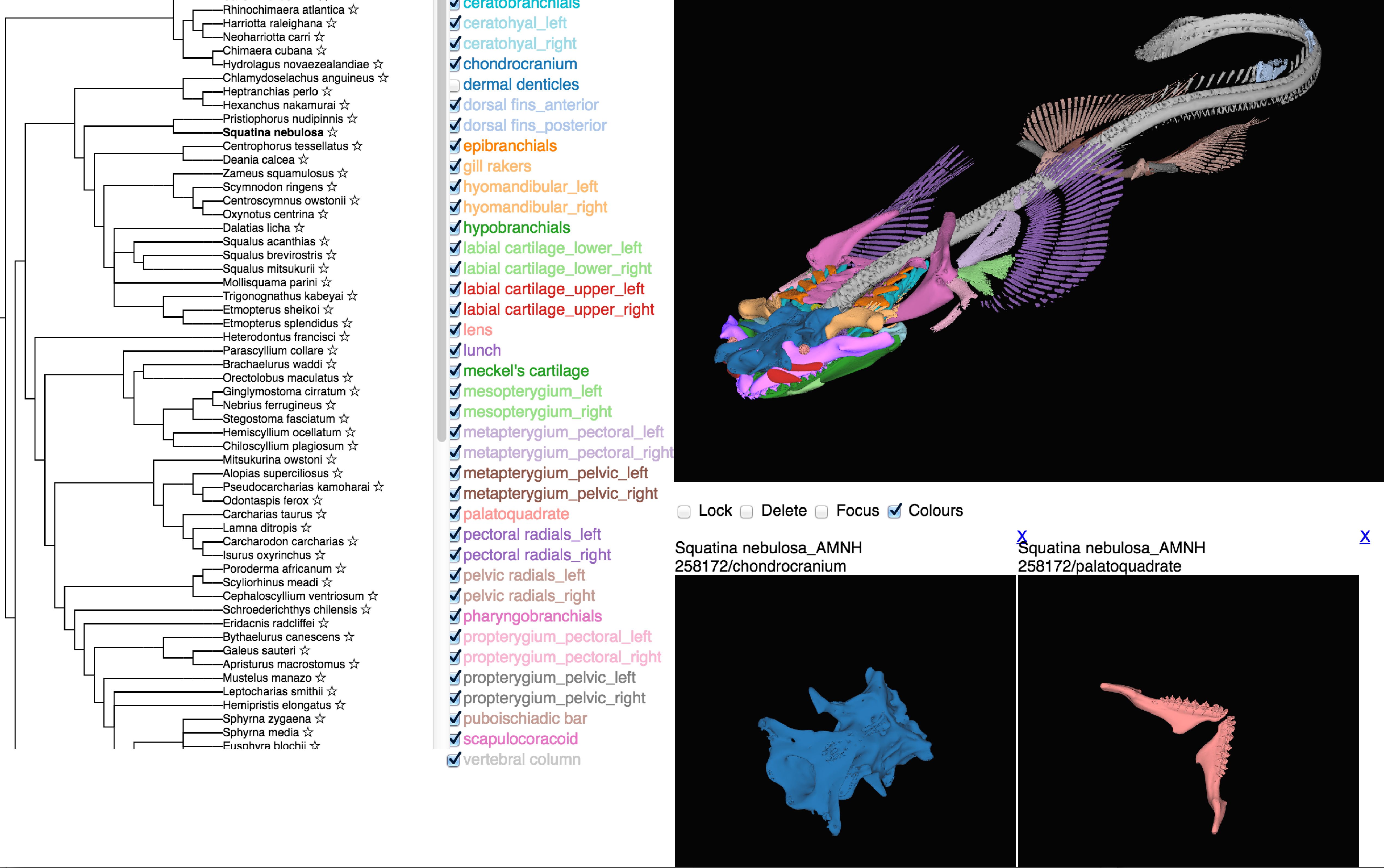
We envision that natural history pages will look like this:
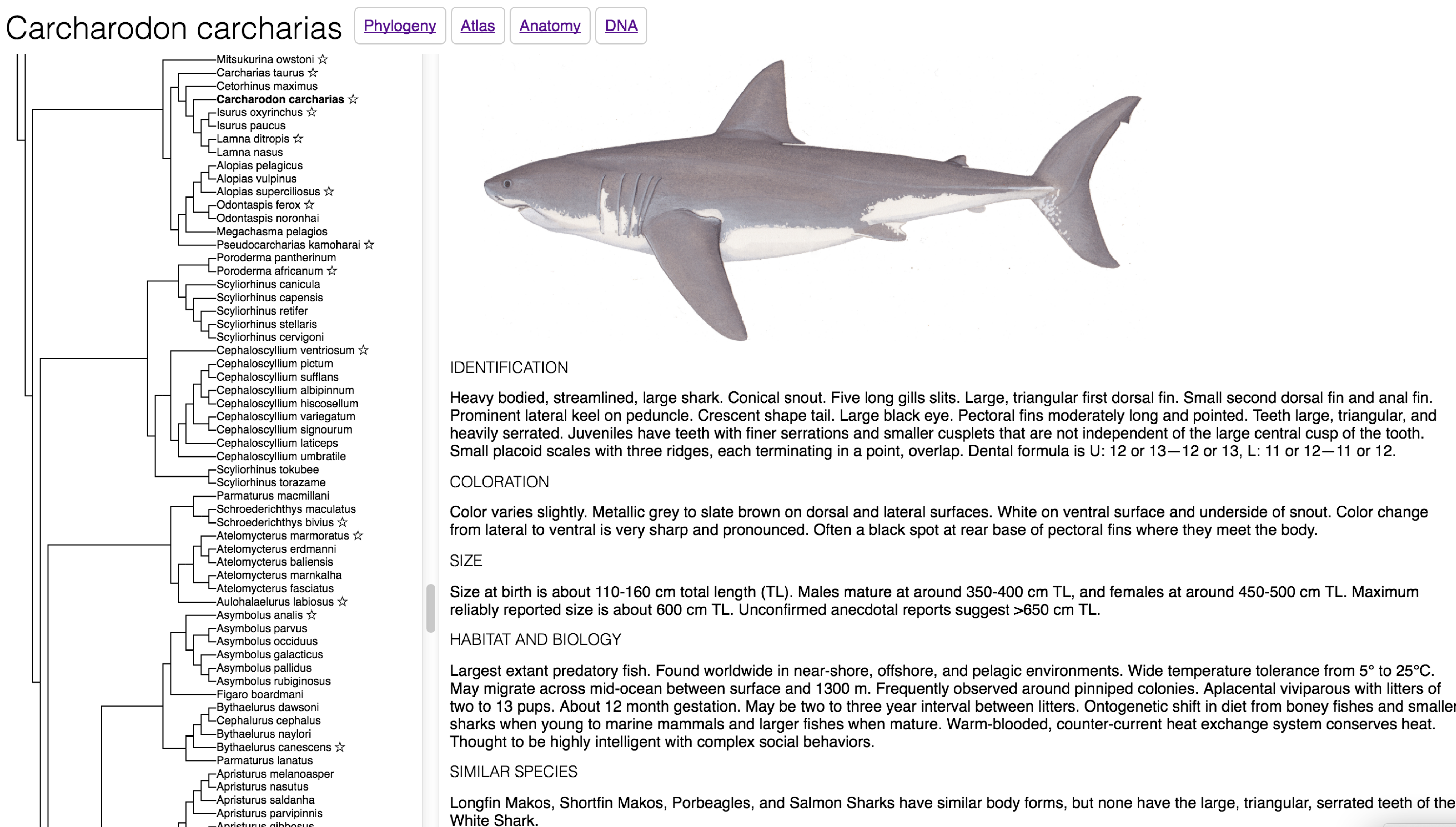
Project Backers
- 42Backers
- 20%Funded
- $1,920Total Donations
- $44.65Average Donation

